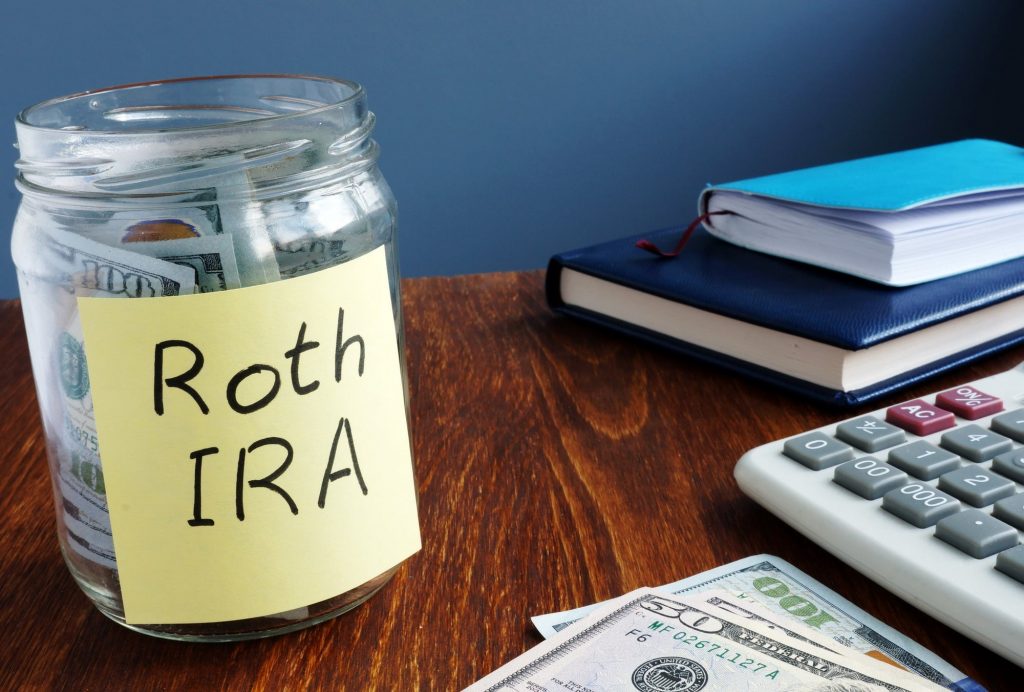
Retirees hoping to get by exclusively on Social Security benefits may be in for a rude awakening. The average retiree’s Social Security benefit is $18,170 per year. Supplementing that income with additional investment accounts is the best way to make ends meet in retirement. And a Roth IRA is the best way to make sure you maximize your Social Security benefits and your lifestyle in retirement.
Here are three reasons why.
1. A Roth can help you stay below Social Security taxation thresholds
Social Security benefits are taxed based on your combined income, which is defined as your adjusted gross income, plus non-taxable interest, plus half of your Social Security benefits. If you stay below certain thresholds, the IRS won’t tax your benefits at all. See the table below for more details.
| Taxable percentage of Social Security | Combined income if filing as an individual | Combined income if filing jointly |
|---|---|---|
| 0% | Less than $25,000 | Less than $32,000 |
| 50% | $25,000 to $34,000 | $32,000 to $44,000 |
| 85% | Over $34,000 | Over $44,000 |
So, what does this have to do with Roth IRAs?
Withdrawals from a Roth IRA don’t count toward your adjusted gross income like withdrawals from traditional IRAs and 401(k) accounts.
If you’re an individual with an average Social Security benefit of about $18,000, you’d only be able to withdraw up to $16,000 from your traditional IRA or 401(k) before you trigger taxes on up to 50% of your Social Security benefits. But you can take as much as you want from a Roth IRA without any effect on how the IRS treats your Social Security income.
2. Roth IRAs offer greater control over your distributions
As you can see, the ability to control how much you withdraw from your retirement accounts can become pretty important when it comes to Social Security. Unfortunately, traditional accounts impose required minimum distributions starting at age 72. Roth IRAs don’t have required minimum distributions.
Not only does that give you greater control over your income in retirement, but it lets you keep your funds in a tax advantaged account for longer. Ultimately, that allows you to maximize your retirement income and the amount you leave to any heirs.
3. Roth IRAs let you diversify your portfolio
You should account for Social Security as part of your asset allocation in retirement. It’s a fixed-income asset, and provides a stable base of income month after month, year after year. As such, you should diversify your portfolio with more volatile asset classes with greater potential for growth. Social Security is only going to grow as much as the cost of living.
A Roth IRA is a perfect account for investing in assets with greater growth potential. When you’re young, that might be growth stocks or index funds. Even in retirement, Social Security collectors would do well with a good amount of stocks in their Roth IRA to diversify from fixed income and maximize the long-term growth of their overall portfolio. Perhaps stick with the less volatile blue-chip stocks or dividend growth stocks in retirement instead of the boom-or-bust growth stocks.
That’s not to say Social Security income is a replacement for bonds in a retirement portfolio. Rather, Social Security should give you more confidence to tilt your asset allocation in your retirement portfolio toward more stocks and other more volatile assets. Keeping those faster-growing assets in a Roth account will keep them tax-free when you sell and withdraw the funds for spending.
Just part of a bigger picture
A Roth IRA should be just part of a bigger picture in your retirement asset location strategy. If you’re a good saver, it’s very likely you’ll end up with assets in Roth accounts, tax-deferred retirement accounts, and regular brokerage accounts in retirement. But getting as much of your money as possible into a Roth account before taking Social Security benefits will allow you to maximize your retirement income.
























